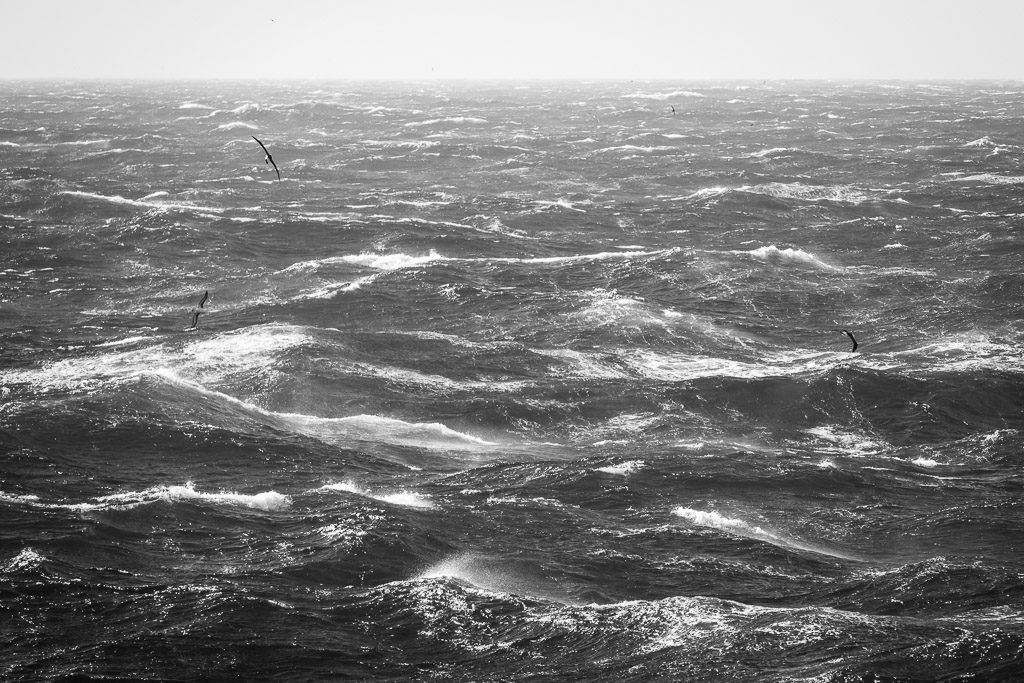
Arrival in Antarctic waters
(Blog posted for Sandra Passchier. Originally posted at http://msuinantarctica.blogspot.com/2019/01/arrival-in-antarctic-waters.html)
Photo Credit: Vivien Cumming
We are now at more than 66 degrees South and will soon cross the Antarctic Circle. Yesterday water temperatures plumeted to 0 degrees overnight, and we saw our first iceberg early that morning and many more since. Activities are ramping up across the vessel as we approach our first drillsite. Everyone will be on their shifts tonight (midnight to noon for me). Drillers are getting ready. The co-chief scientists, ice watchers, and operational personnel had a meeting yesterday to assess the ice conditions for the drillsites. Drilling will commence at a deep-water site in the Amundsen Sea after the captain has had a chance to monitor the ice conditions on site.
To get a drillbit into the sea floor the drill crew will need to assemble more than 3 km of drill pipe. On board the ship sets of three approx. 10-meter sections of drillpipe have been assembled into “stands”. So, now imagine you are a driller: how many stands of drillpipe does the drill crew need to fit together to reach the sea floor? It will take some time to do this, so once we are on site and the captain is comfortable with the ice situation, it will take about 12 hours before we can start drilling with the more than 3km long drillstring. Imagine that!
The drillers initially will use two different drilling technologies. First, the piston corer is used to about 150 meters below sea floor. The piston corer consists of a 10-meter long hollow metal tube with a sharp edge, which is shot into the seafloor under high water pressure, like a syringe. The metal tube cuts like a knife through soft mud, which then fills a plastic liner inside the tube. Below 150 meters below the seafloor the sediment layers are much harder because of compaction due to the weight of the overlying stack of layers. Once it becomes difficult to advance the piston corer down into the rock formation, a rotating core barrel with a toothed edge will be used to cut into harder rock.